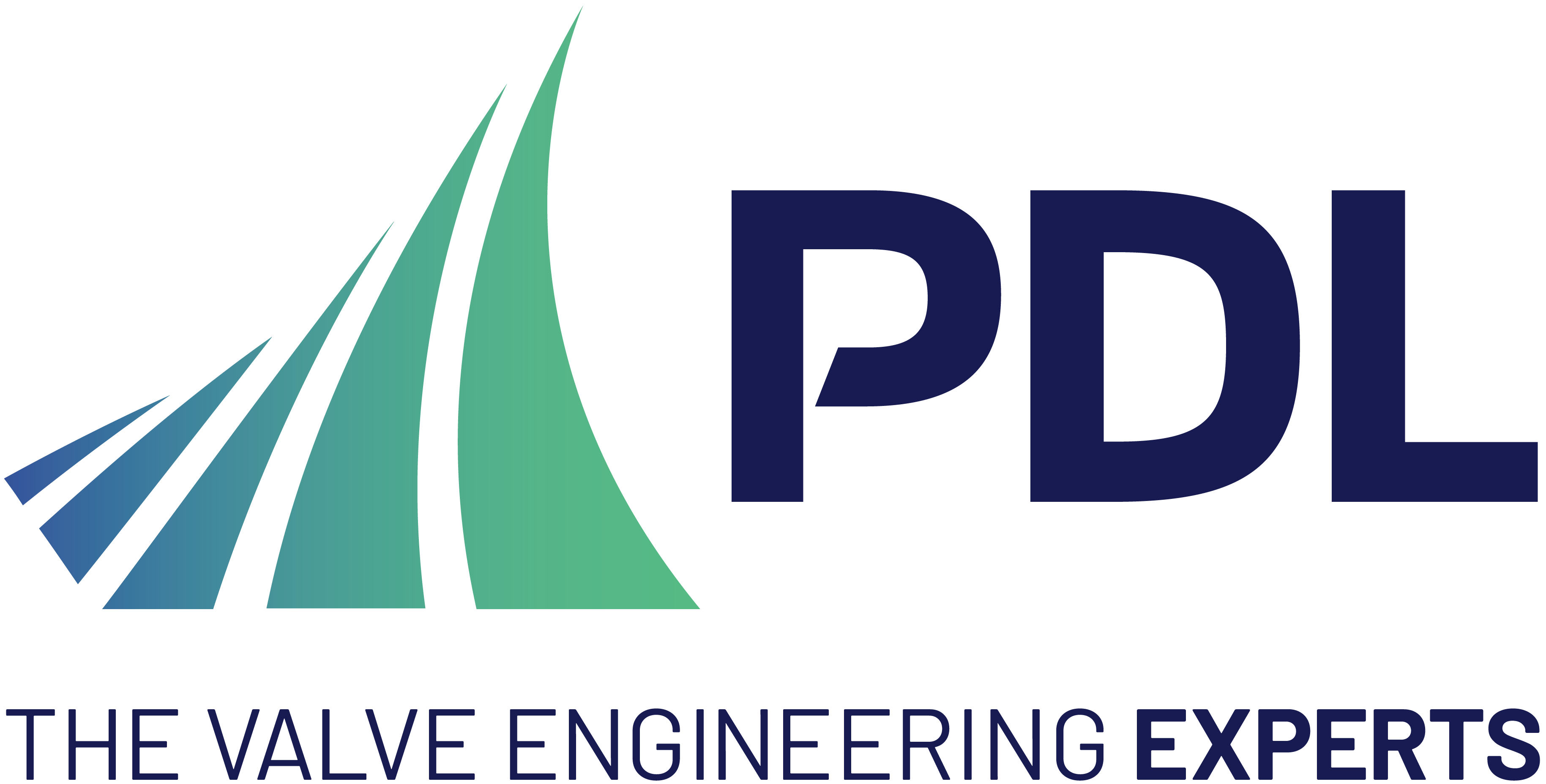Design Optimisation on a Subsea Dual Valve

Pipe diameter was more influential than surface roughness

Value for each of the input parameters

Find out more about the PDL teamís proven track record
PDL Engineering Group has a wealth of experience in applying advanced engineering software to solve complex technical problems on valve and actuator projects.
The team of analysts supported a leading supplier of subsea valves with the design optimisation of a dual valve, required for use in a capping stack application for a bore flow in the order of 40,000 barrels per day. The client needed to understand the impact of various design parameters, such as the surface roughness and pipe diameter, on certain flow metrics of the valve, such as the flow coefficient (Kv).
PDL created a Computational Fluid Dynamics (CFD) model consisting of fluid bodies and used Design of Experiments to analyse various design combinations using the Central Composite Design (face-centred) approach.
The analysts parametrised the complex valve geometry and meshing process before simulating a series of incompressible steady-state fluid-flow analyses using the k-omega SST turbulence model with a coupled implicit solver.
Machine learning was performed to generate response surfaces so that the modelling of a small subset of cases could be used to represent a much larger set of possible designs, reducing timescales significantly.
Following several rapid design iterations, PDL produced a summary of response surfaces for each input parameter versus Kv values to visually demonstrate changes in flow behaviour as a result of each design change. This provided an in-depth breakdown of which design parameters were most influential to the performance of the valves. For example, the response surface below highlights that the pipe diameter is more influential to the Kv value than surface roughness. In addition, a response surface optimisation was performed and validated to extract input design values resulting in Kv values which best match those provided by the client.
The results were presented to the client as a set of response surfaces, through which the optimal designs were then extracted and validated. An in-depth breakdown of which design parameters were most influential to valve performance was also included to support the client’s future design iterations.
This highlighted the importance of each design parameter and it’s correlation to crucial flow performance metrics, enabling the client to enhance the valve performance.
This was highly efficient and reduced the risk, costs and timescales that would have been demanded by manufacturing and physical testing the different systems instead.
To find out more about PDL’s proven track record with clients who rely on them to understand, validate and optimise their valves and actuators visit the PDL website https://pdl-group.com or connect on LinkedIn https://www.linkedin.com/company/pdl-solutions-europe-ltd.
Telephone: + 44 (0) 1 434 609 473
Email: solutions@pdl-group.com
Website: www.pdl-group.com

| Telephone: | 00 44 1434 609473 |
| Email: | solutions@pdl-group.com |
| Website: | www.pdl-group.com |
| More information on the PDL Solutions (Europe) Ltd BVAA Member Directory Page |
Search related valve / actuator articles: PDL Solutions (Europe) LtdIssue 85CFD & FEA







-web.jpg)





